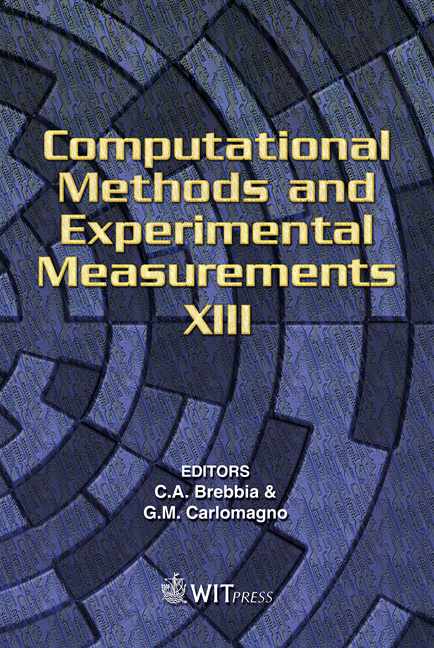Mathematical Modeling Of Water And Salt Transport In Porous Materials
Price
Free (open access)
Transaction
Volume
46
Pages
10
Published
2007
Size
315 kb
Paper DOI
10.2495/CMEM070351
Copyright
WIT Press
Author(s)
R. Černý
Abstract
Most models applied in current research practice for the description of salt transport in porous materials are very simple. These employ Fick's diffusion equation for the salt concentration with a constant diffusion coefficient and constant initial and boundary conditions. Another extreme in this sense presents a consideration of fully coupled heat, moisture and chemical compound transport phenomena. A possible way out from the problems arising due to either oversimplification or too high complexity is to choose a reasonable compromise, i.e., a model that is somewhere in between these two extremes. Unfortunately, such models are still rarely used both in the research and technical practice. In this paper, a modification of the diffusion-advection model which takes into account not only the influence of water flow on salt transport but also the effect of salt bonding on pore walls is identified as the most promising for practical applications. Keywords: water transport, salt transport, modelling, diffusion, advection, salt bonding. 1 Introduction Porous materials applied in building structures often contain significant amount of various salts. They can originate from several sources. One of them is underground soil with water-soluble salts. In some building structures, particularly older buildings horizontal water-proof insulation is missing, so that salt solutions can be transported into materials of load bearing structures by capillary forces. Another source of salts in masonry is sodium and calcium chlorides used for winter maintenance of pavements and footways. They can
Keywords
water transport, salt transport, modelling, diffusion, advection, salt bonding.





